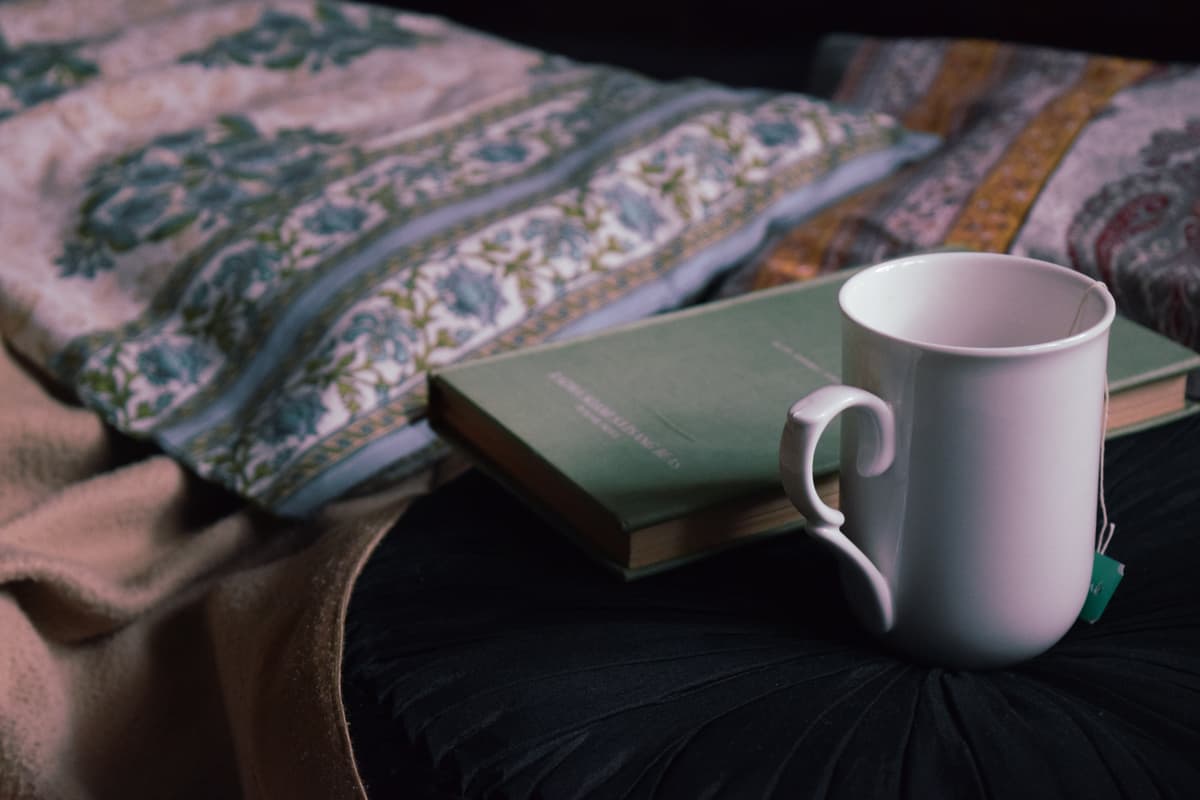The Night Table: Babes, Bubonic Plague, and Nobel Notes
A selection of the best books — and occasional duds — from our recent reading and reviews.

“Vintage Babes of Broadway: Through the 20th Century Lens of Murray Korman” by Clyde Adams and Maureen McCabe. The One Big Name Publishing, 180 pages. A Ukrainian-born American immigrant named Murray Korman dominated celebrity photography in New York City between the late 1920s and the early 1950s. The photographer showed his subjects as they wanted to be depicted, suggesting poses and positions that delighted them — as one can see in photographs of him at work. Women wanted to look like a Korman photograph. The text that accompanies the photographs is serviceable if cliché-ridden, and includes some misspellings and the misidentification of Buster Crabbe as Johnny Weissmuller. I wish Mr. Adams and Ms. McCabe had said more about the photographs — why they work so well — instead of merely supplying potted biographies of Korman’s babes. The authors have done some good research, though, which they footnote, and are frank about what they do not know, refusing to indulge in idle speculation. Carl Rollyson’s full review, “The Art of Murray Korman’s ‘Cheesecake.’”
“Nights of Plague” by Orhan Pamuk. Knopf, 704 pages. “Nights of Plague,” the latest doorstopper from Orhan Pamuk, Turkey’s sole Nobel laureate to date, is what the late Northrop Frye would call an “anatomy” — rather than attempting to conjure the psychological nuance of the realist novel, it tells its stories through the quasi-encyclopedic treatment of a subject, in this case, a fictional Mediterranean island. Anatomies are high-wire acts; the greatest example, “Moby-Dick,” tends to be more invoked than read. While Mr. Pamuk cannot be said to have made an easy entry in the genre, the book — treating an outbreak of bubonic plague on a fictional island in 1901 — has significant charms. The characters are wooden, the dialogue stilted, and the plot is not up to the heft of the book; but the long digressions on Mingheria’s fictional history, cunningly interwoven with the real story of the former territories of the Ottoman Empire, are so captivating that a reader of the right frame of mind doesn’t mind the rest. A sharper editor might have suggested Mr. Pamuk cut the more conventionally novelistic material in favor of more pseudo-history, or a shorter page count — but it is difficult to stand up to a Nobel winner. Jude Russo’s full review, “‘Nights of Plague’ Is an Absolutely Able Ottoman Anatomy.”
ALSO OF NOTE
“Laptop from Hell: Hunter Biden, Big Tech, and the Dirty Secrets the President Tried to Hide” by Miranda Devine. Post Hill Press, 224 pages. Miranda Devine’s “Laptop From Hell” presents a searing look at Hunter Biden, a son of privilege “for whom life had no boundaries.” She says “no indulgence was too gross, no perversion was taboo.” Unfortunately for Mr. Biden, he’d left many details about his profligate life on a computer that came the New York Post’s way before the 2020 election. What a scoop. Ms. Devine recounts Stephen Bannon, President Trump’s adviser, first alerting the Post to the laptop. The paper did yeoman’s work investigating and reporting its lurid contents. These, Ms. Devine writes, included rampant use of drugs and prostitutes, and even a romance between Mr. Biden and his brother’s widow. The book’s most depraved tale, though, is how, in Ms. Devine’s telling, social media censorship tilted the election. After all, the laptop included material raising questions about corrupt business dealings by the younger Mr. Biden. He was understood to profit richly from his paternal tie. — John Bennett
NEWS OF THE WORLD
Annie Ernaux named Nobel Laureate. This year’s winner of the Nobel Prize in Literature, Annie Ernaux, is by all accounts deserving. Nevertheless, prize watchers will no doubt wonder whether this should have been the year for Sir Salman Rushdie, who is still recovering from a stabbing that ripped through his neck and torso. That attack was sustained during an August talk that appears as if it were inspired by the fatwa issued by the Ayatollah Ruhollah Khomeini in 1989. That decree has claimed the lives of several persons close to Mr. Rushdie over the years, and necessitated a decade of hiding. Mr. Rushdie has certainly paid the price for fiction, but his case for its ultimate prize goes beyond the wounds to his body. His “Midnight’s Children” won both the Booker and James Tait prizes in 1981, and was subsequently awarded the Best of the Booker award, twice. Another book, “Shame,” was long listed for the Booker and won the Prix du Meilleur Livre Étranger, a French prize for best foreign book. A.R. Hoffman’s full analysis, “Next Year at Stockholm?”

